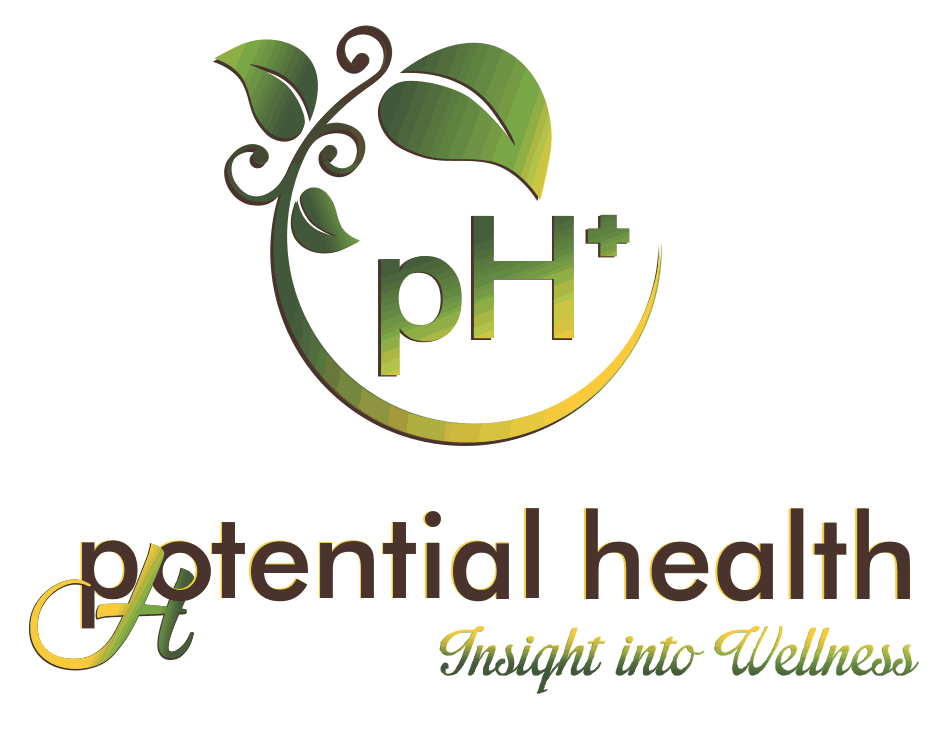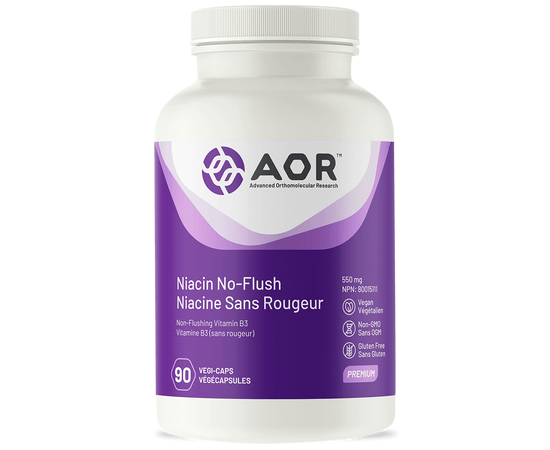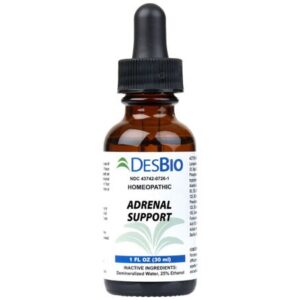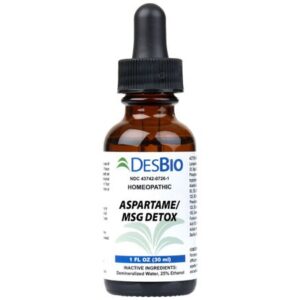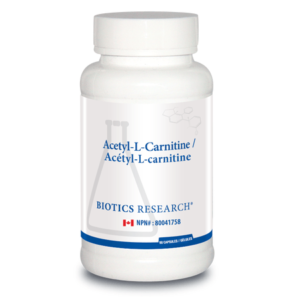Description
Details
Niacin is an essential nutrient, also known as vitamin B3. It is found in foods such as legumes, nuts, avocados, eggs, meat and dairy products. Niacin is water-soluble and is not stored in the body, meaning that it is important to ensure that adequate amounts are consumed through the diet and supplements.
Niacin helps with the proper functioning of the nerves, skin and digestive system. It is an important factor in the metabolism of foods into energy; and is required in many essential biological functions including cellular energy production and DNA repair. While niacin’s effects are beneficial, it often causes an uncomfortable symptom known as the “niacin flush”, a harmless but uncomfortable sensation of warming and itching of the skin. Niacinamide, a common type of sustained release niacin, does not cause this flushing effect, but comes with the even worse side effect of potential liver damage.
AOR’s Niacin No-Flush provides a unique form of niacin, known as inositol hexanicotinate (IHN), a compound that releases vitamin B3 into the body slowly to prevent the flushing effect but without the potential risks to the liver caused by niacinamide. Niacin No-Flush is a great way to increase your niacin intake without the uncomfortable flushing side effects.
AOR Advantage
AOR’s Niacin No-Flush contains Inositol hexanicotinate, a form of niacin that is bound to inositol. This formation allows it to deliver niacin to the bloodstream slowly and in a controlled fashion, avoiding both the unpleasantness of flushing and the danger of liver damage.
Label Information
NPN
80015111
Discussion
Regular niacin can cause unpleasant side effects such as itchy, burning skin – the niacin “flush”. Niacin No-Flush is inositol hexanicotinate, an ester of niacin (vitamin B3), that has not been associated with the niacin “flush”.
Guarantees
AOR™ guarantees that all ingredients have been declared on the label. Contains no wheat, gluten, nuts, peanuts, sesame seeds, sulphites, mustard, soy, dairy, eggs, fish, shellfish or any animal byproduct.
Adult Dosage
Take one capsule daily with/without food, or as directed by a qualified health care practitioner. Do not exceed the recommended dose except on the advice of a physician.
Cautions
No serious adverse reactions to inositol hexanicotinate have been reported. However, some such reactions have been reported for conventional niacin, which cannot be absolutely ruled out at this time. It is recommended that regular liver enzyme tests be done in consultation with a physician.
Main Applications
- General health
- Cardiovascular health
Disclaimer
The information and product descriptions appearing on this website are for information purposes only, and are not intended to provide or replace medical advice to individuals from a qualified health care professional. Consult with your physician if you have any health concerns, and before initiating any new diet, exercise, supplement, or other lifestyle changes.
Supplement FactsServing Size: One Capsule
Inositol Hexanicotinate
550 mg
— Niacin (vitamin B3)
500 mg
— Inositol
121 mg
Non-medicinal Ingredients: Microcrystalline cellulose, sodium stearyl fumarate.
Capsule: hypromellose.
Research Facts
Background
Background Information
Niacin (nicotinic acid, a form of vitamin B3) is an important cellular mediator. Niacin is metabolized primarily in the liver to niacinamide, which is a precursor to the two cellular coenzymes nicotine-adenine dinucleotide (NAD ) (and its high-energy form, NADH), and nicotine-adenine dinucleotide phosphate (NADP). These coenzymes are responsible for carrying out numerous reduction-oxidation (redox) reactions in the body, including their role in energy production in the mitochondria, and play a vital role in protecting and repairing DNA through the enzyme poly-ADP ribose polymerase (PARP).
Different Forms of Niacin
The big problem with high-dose niacin supplementation is the niacin flush. Because it causes blood vessels to expand and release histamines (the immune factors responsible for some of the symptoms of allergies), higher-dose niacin causes warming and itching of the skin. The effect is a harmless – but some people find it absolutely maddening, and stop taking niacin altogether. Early attempts to solve this problem with a simple “sustained-release” niacin formulation called niacinamide eliminated the ‘flush,’ but caused a much more serious one: sustained-release niacin causes liver toxicity in a significant percentage of those taking it. To put this in context: while 39% of patients on regular niacin go off the supplement, mostly because of digestive problems and the “flush,” 78% of those administered regular “sustained-release” niacin quit because of side effects, with 52% of them suffering liver toxicity!
By contrast, less than 1% of people supplementing their diets with high doses of regular niacin experience liver problems – a rate several times lower than that of patients taking statin drugs. Still, the potential of liver toxicity rightly gives many people pause.
While nicotinamide is sometimes mistakenly referred to as “flush-free niacin,” nicotinamide is actually not niacin at all, but a niacin metabolite, which lacks the ability to carry out some of the most beneficial activities of niacin.
Inositol Hexanicotinate (IHN – also sometimes called inositol hexaniacinate) is the true “flushless niacin.” Unlike “sustained-release” niacin, which is just regular niacin in a pill which dissolves more slowly, IHN is a niacin complex, formed with the B-vitamin-like inositol. When you take an IHN supplement, the central inositol ring gradually releases niacin molecules, one at a time – delivering true niacin, but in a controlled fashion governed by the kinetics of the hydrolysis of the molecule itself. This, like “sustained-release” niacin, allows you to take niacin at clinically-proven doses without going crazy with itch – but there is one big difference. While it’s a good idea to have your liver enzymes tested while you’re taking it, the fact is that no clinical trial has ever reported liver toxicity in persons supplementing with “flush-free” niacin. Regular monitoring of people taking doses as high as 4 000 mg of inositol hexanicotinate daily for four-month stretches has revealed no evidence of liver problems, or even changes in liver enzyme readings.
While only a few milligrams of niacin are needed each day to prevent a frank, life-threatening deficiency, studies clearly show that higher doses of niacin can be beneficial in some cases.
Research
Niacin (nicotinic acid, a form of vitamin B3) is an important cellular mediator. Niacin is metabolized primarily in the liver to niacinamide, which is a precursor to the two cellular coenzymes nicotine-adenine dinucleotide (NAD ) (and its high-energy form, NADH), and nicotine-adenine dinucleotide phosphate (NADP). These coenzymes are responsible for carrying out numerous reduction-oxidation (redox) reactions in the body, including their role in energy production in the mitochondria, and play a vital role in protecting and repairing DNA through the enzyme poly-ADP ribose polymerase (PARP).
Different Forms of Niacin
The big problem with high-dose niacin supplementation is the niacin flush. Because it causes blood vessels to expand and release histamines (the immune factors responsible for some of the symptoms of allergies), higher-dose niacin causes warming and itching of the skin. The effect is a harmless – but some people find it absolutely maddening, and stop taking niacin altogether. Early attempts to solve this problem with a simple “sustained-release” niacin formulation called niacinamide eliminated the ‘flush,’ but caused a much more serious one: sustained-release niacin causes liver toxicity in a significant percentage of those taking it. To put this in context: while 39% of patients on regular niacin go off the supplement, mostly because of digestive problems and the “flush,” 78% of those administered regular “sustained-release” niacin quit because of side effects, with 52% of them suffering liver toxicity!
By contrast, less than 1% of people supplementing their diets with high doses of regular niacin experience liver problems – a rate several times lower than that of patients taking statin drugs. Still, the potential of liver toxicity rightly gives many people pause.
While nicotinamide is sometimes mistakenly referred to as “flush-free niacin,” nicotinamide is actually not niacin at all, but a niacin metabolite, which lacks the ability to carry out some of the most beneficial activities of niacin.
Inositol Hexanicotinate (IHN – also sometimes called inositol hexaniacinate) is the true “flushless niacin.” Unlike “sustained-release” niacin, which is just regular niacin in a pill which dissolves more slowly, IHN is a niacin complex, formed with the B-vitamin-like inositol. When you take an IHN supplement, the central inositol ring gradually releases niacin molecules, one at a time – delivering true niacin, but in a controlled fashion governed by the kinetics of the hydrolysis of the molecule itself. This, like “sustained-release” niacin, allows you to take niacin at clinically-proven doses without going crazy with itch – but there is one big difference. While it’s a good idea to have your liver enzymes tested while you’re taking it, the fact is that no clinical trial has ever reported liver toxicity in persons supplementing with “flush-free” niacin. Regular monitoring of people taking doses as high as 4 000 mg of inositol hexanicotinate daily for four-month stretches has revealed no evidence of liver problems, or even changes in liver enzyme readings.
While only a few milligrams of niacin are needed each day to prevent a frank, life-threatening deficiency, studies clearly show that higher doses of niacin can be beneficial in some cases.
References
Welsh AL, Ede M. Inositol hexanicotinate for improved nicotinic acid therapy. Int Record Med. 1961 Jan; 174(1): 9-15.
